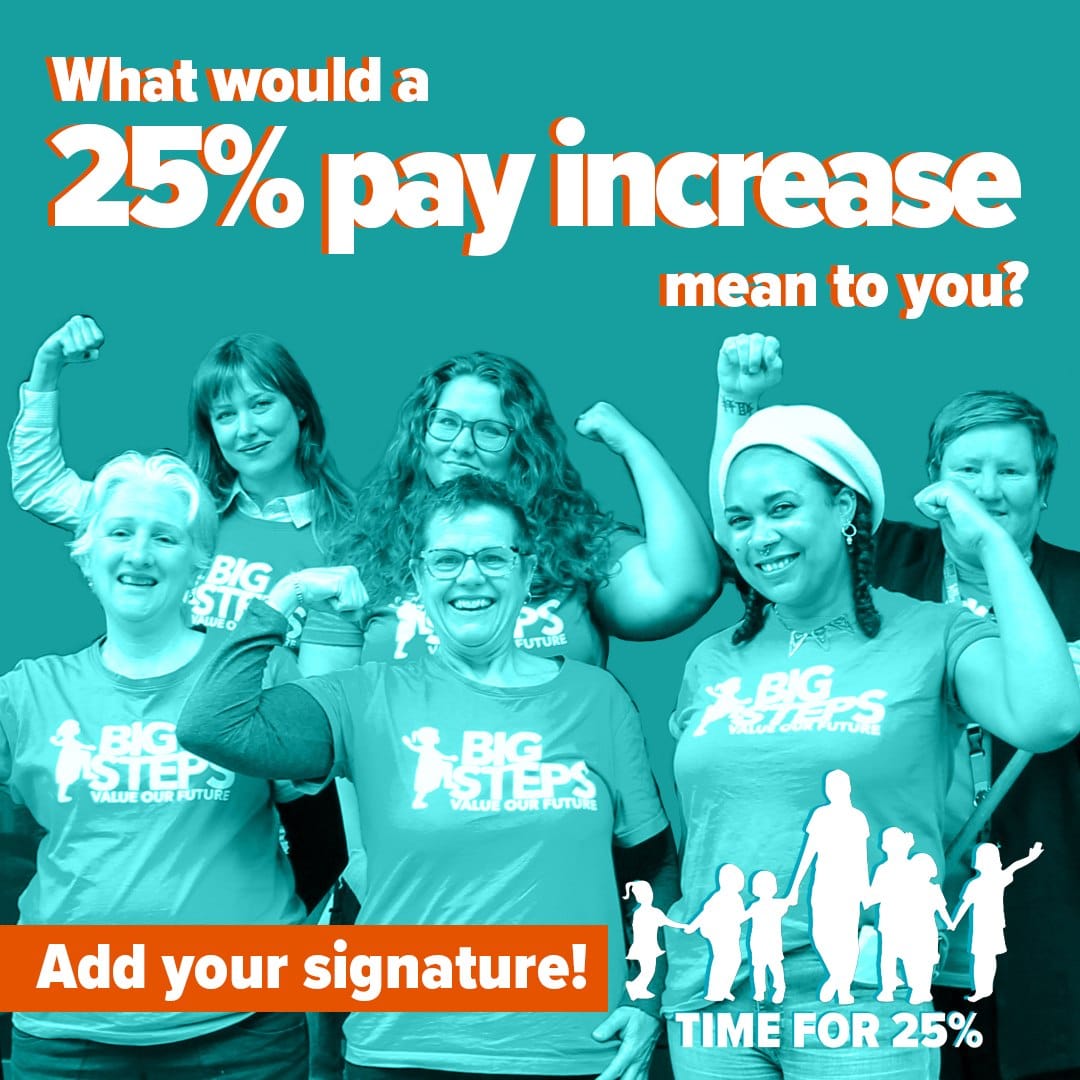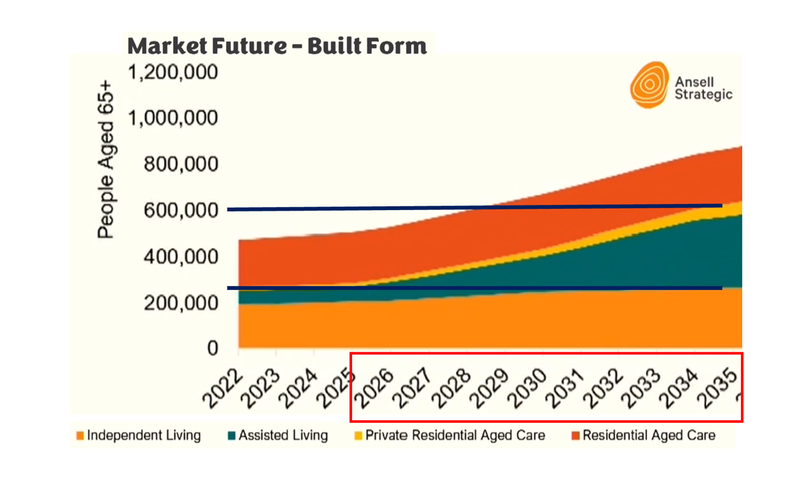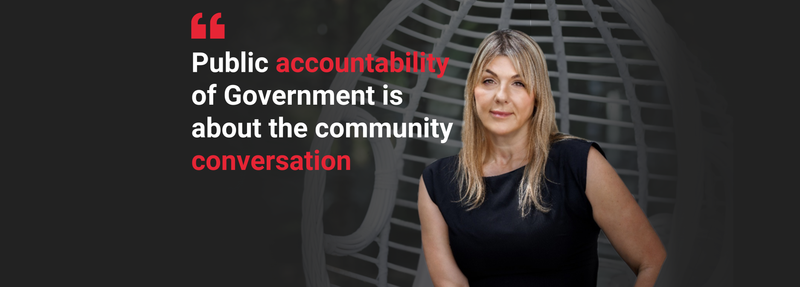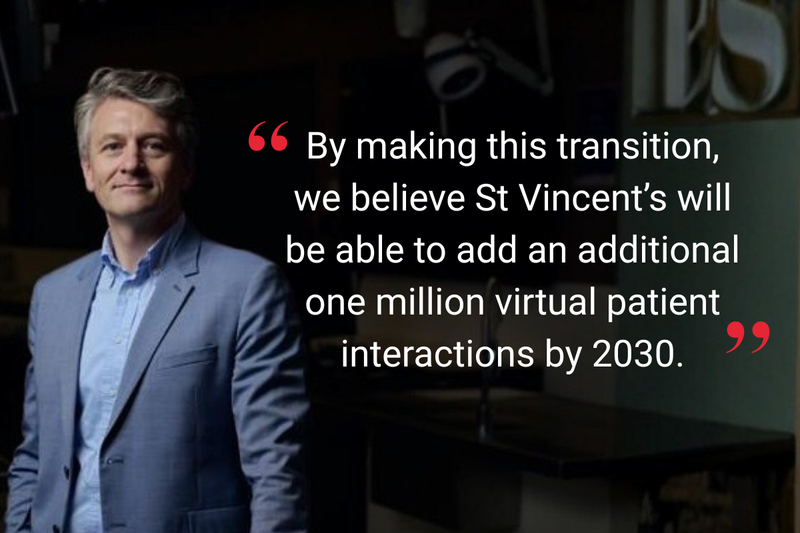Opinion: Government’s bid to stagger latest aged care wage rise reflects need for funding reform
The aged care is facing competition from childcare and other sectors in its bid for a Government-funded wages boost. As we reported as soon as the submission was reported last Friday, the Federal Government has committed to fully funding the Fair...

The aged care sector is facing competition from childcare and other sectors in its bid for a Government-funded wages boost. As we reported as soon as the submission was released last Friday, the Federal Government has committed to fully funding the Fair Work Commission (FWC)’s estimated $3.3 billion wage rise for aged care staff announced in March, but requested to phase in the increase. Under their proposal, 50% of the increase would be paid from 1 January 2025 with the second 50% to commence on 1 January 2026 – more over than 18 months away. The plan has been met with backlash from the unions, peak body and providers, warning that there will be a continued exodus of staff from the aged care sector. The Government’s argument is that a significant wage rise for aged care staff could attract workers from other sectors that are also experiencing workforce shortages, namely hospitals, disability and childcare.
“The Commonwealth funding commitment has been made in the context of its fiscal strategy, which is focused on improving the budget position in a measured way, consistent with the overarching goal of reducing gross debt as a share of the economy over time, while seeking to deliver relief from cost-of-living pressures without adding to inflation,” the submission said.
Unions lobbying for 25% childcare wage rise
The reality is aged care is not the only sector vying for a bite of the taxpayer’s cherry. The unions have recently been pushing hard for a 25% wage rise for the early childhood sector (pictured). Last weekend, The Guardian reported that a wage rise for childcare workers will be a centrepiece of the Federal Budget on 14 May, a move designed to prevent workers leaving for other sectors, including aged care. The Government has already flagged that the controversial Stage 3 tax cuts, the payment of superannuation on Government-funded parental leave (due to start from July 2025), and an increase in Defence spending will be in the Budget papers. Renewable energy, education and health are also likely to see significant spending. The Government already committed $11.3 billion over the forward estimates to the interim 15% wage rise for aged care staff on 1 July last year – which it had also sought to stagger.
Aged care sector needs a Plan B
What does this mean for aged care? Again, this latest development highlights the importance of the Aged Care Taskforce’s Final Report, including its recommendation that the Government take up Plan B – where the Commonwealth continues to cover the cost of care, but consumers contribute more to the cost of their accommodation and daily living expenses. Introducing fairer arrangements for consumers with the means to pay would free up more funding to subsidise care – including the cost of giving hard-working aged care staff a much-deserved wage rise. The FWC remains the wild card in this game. Should the Commission again overrule the Government’s plan, the politicians – and the taxpayer – will have to front up the cash – regardless of its other priorities.






